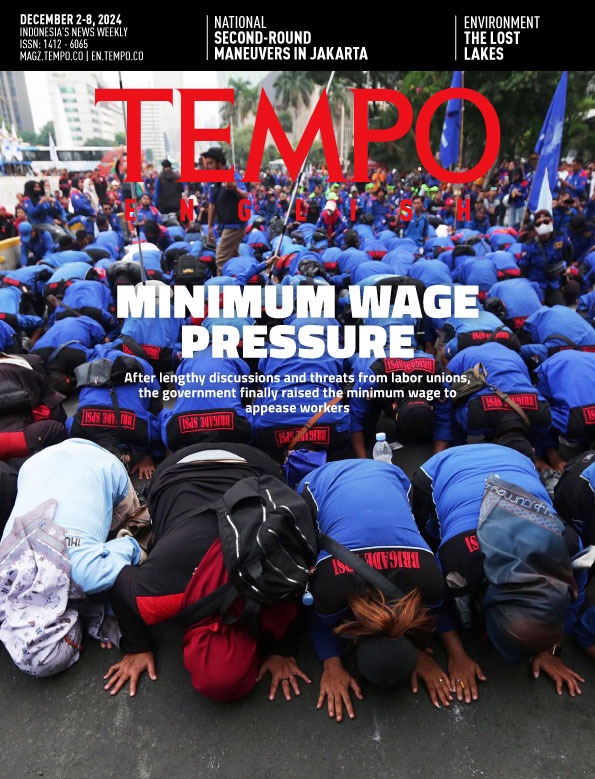Recovering without Lowering Interest Rates
Tuesday, June 2, 2015
Bank Indonesia is facing a dilemma on whether to lower its SBI benchmark interest rates from the current 7.5 percent level or not. Pressures to cut interest rates as a way to stimulate the sluggish economy has been mounting. But, with the weak rupiah facing a continuously strengthening US dollar, a relatively high inflation, an only slightly improving trade balance and anticipating higher US interest rates in the latter part of this year, it is not surprising that the central bankis keeping its SBI rate steady.
Indeed, a central bank's main task is to keep its currency stable. And to do this it needs to keep inflation in line with the growth of the economy which in Indonesia's case is targeted at a 4-5 percent level, and maintain the rupiah's fair value against other world currencies. The problem is that inflation is currently at 6.8 percent, and with the month of Ramadan just a few weeks ahead, this figure is expected to remain high. Unfortunately, high inflation lowers purchasing power, which lowers overall consumption and ultimately dampens economic growth. In contrast, it is the government that is responsible for the growth. This is why it is important to keep the central bank independent and thus maintain a delicate balance between growth and stability.
arsip tempo : 173510429882.

Bank Indonesia is facing a dilemma on whether to lower its SBI benchmark interest rates from the current 7.5 percent level or not. Pressures to cut interest rates as a way to stimulate the sluggish economy has been mounting. But, with the weak rupiah facing a continuously strengthening US dollar, a relatively high inflation, an only slightly improving trade balance and anticipating higher US interest rates in the latter part of this year, it is n
...
Subscribe to continue reading.
We craft news with stories.
 For the benefits of subscribing to Digital Tempo, See More
For the benefits of subscribing to Digital Tempo, See More







